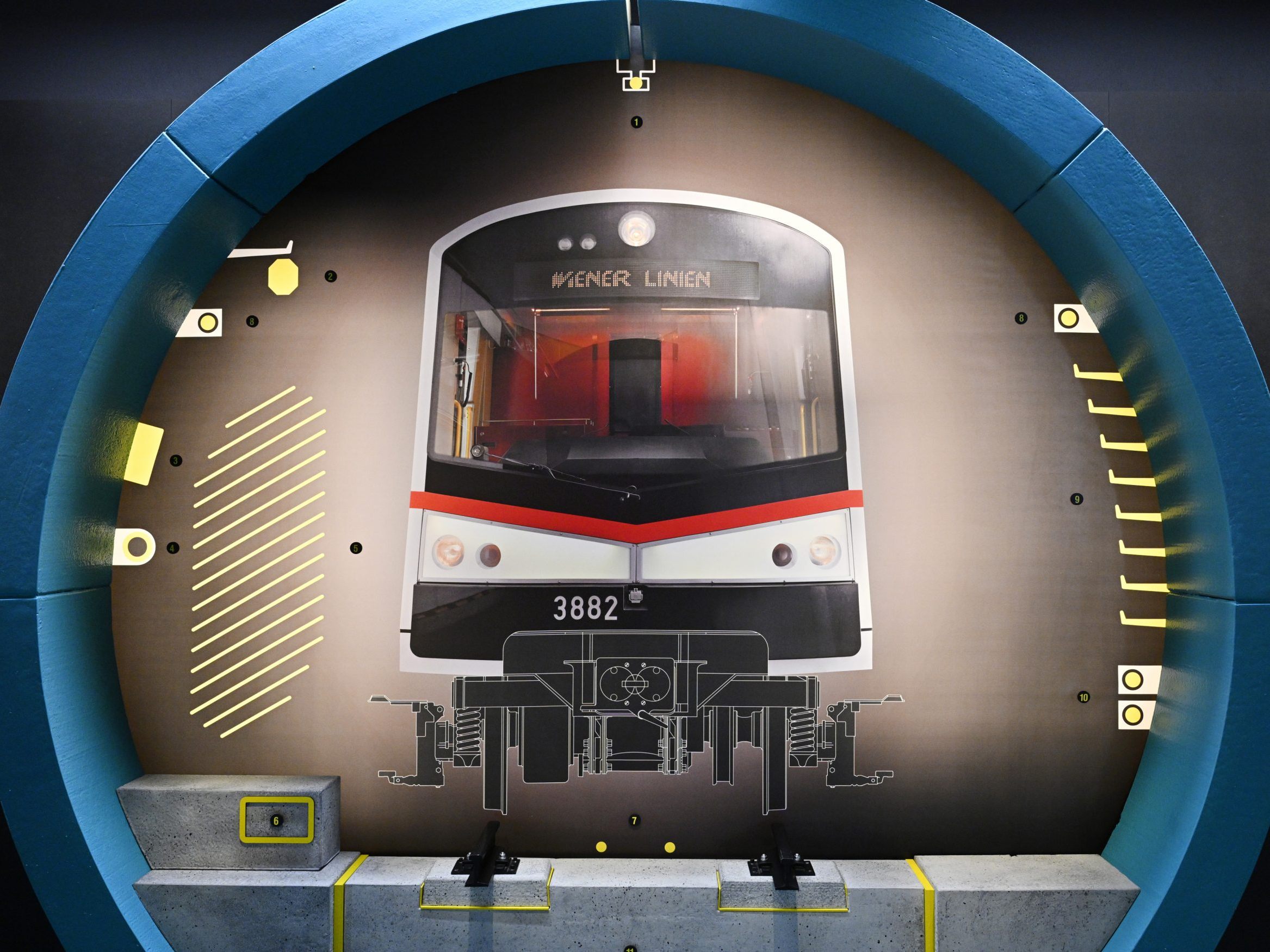After the Subway Chaos: How Safe Are the Wiener Linien?

On Tuesday evening, there was a massive incident on the U1: A rescue operation in the Stephansplatz area led to the complete interruption of the line between Taubstummengasse and Nestroyplatz. The Vienna lines set up a shuttle service, yet there were significant delays and long waiting times along the entire route. It was only in the evening that the disruption could be largely resolved, but operations continued with irregular intervals.
Video Surveillance
Around 14,000 cameras are installed in the stations and vehicles of the Vienna lines. All subway stations have permanent video surveillance. The recordings are stored for 48 hours and can be requested by the police for investigation in case of an emergency.
Emergency Call Systems
There are emergency call systems on all subway platforms and in the trains, which allow direct voice communication with the control center. In an emergency, help can be organized quickly. The use of emergency facilities is regularly explained in training sessions and prevention campaigns – no one needs to fear triggering a false alarm in doubt.
Security Teams
Dedicated security teams are on duty in subway stations, trains, and night buses. They increase the subjective feeling of safety and intervene directly in incidents.
Control and Security Center
The Vienna lines operate one of the most modern control and security centers in Europe. Up to 50 employees monitor operations, control energy supply, train operations, and oversee all stations. In an emergency, measures are immediately initiated and passengers are informed.
Technical Innovations
All trains are equipped with an emergency brake override: If the emergency brake is pulled in the tunnel, the train does not stop immediately but continues to the next station. This allows rescue forces to help more quickly and safely.
Prevention and Education
- Schulungen für Mitarbeiter und Fahrgäste: Regelmäßige Trainings und Präventionsbusse sorgen dafür, dass alle wissen, wie sie sich im Notfall verhalten sollen.
- Kampagnen für Zivilcourage: Besonders das Thema Sicherheit für Frauen wird durch Kooperationen und Aufklärungskampagnen gestärkt.
Disruptions and Statistics
Despite modern technology and high safety standards, disruptions occur repeatedly – often due to rescue operations, technical defects, or illegal parking. The number of disruptions with more than five minutes delay has remained relatively constant at about 13,000 per year for years, even though the network is continuously growing. The vehicle technology has been continuously improved, resulting in a significant decrease in technical disruptions.
Investments in the Future
Starting in 2025, Wiener Linien will continue to invest in safety, for example, through additional cameras and barrier-free emergency call stations at underground tram stops. These measures will be expanded and modernized by 2029.
Wiener Linien is among the safest transport companies in Europe. State-of-the-art technology, trained personnel, and a comprehensive safety concept ensure that passengers can continue to rely on a high level of safety even after incidents like the recent subway chaos.
This article has been automatically translated, read the original article here.





